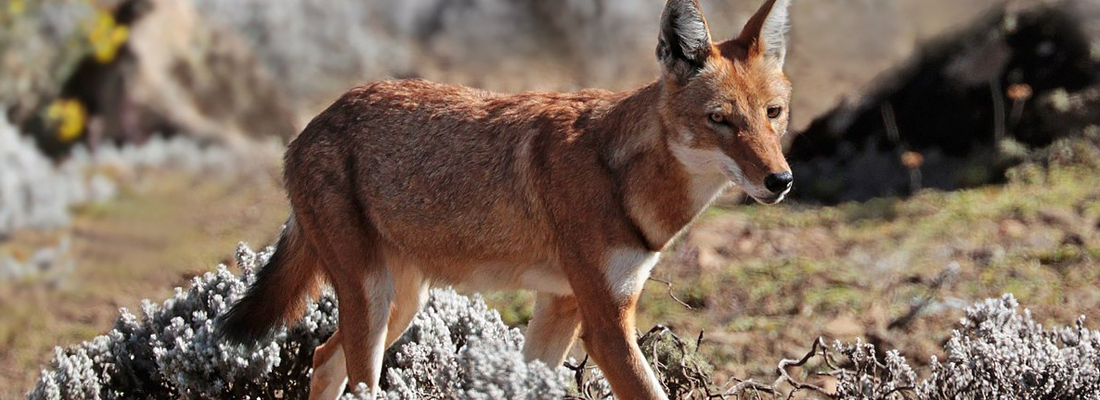
SEMIEN MOUNTAINS NATIONAL PARK
Located in north of Gondar along the road to Axum, the Simien Mountains offer a uniquely wonderful sight: high peaks and deep gorges, valleys and rivers, golden barley field’s as far as the eye can see.
The highest mountain (4439 meters) is Ras Dejen, hut a lot of the peaks are above 4000 meters. Only a few roads on the Simien Mountains are reachable by car, but the entire area is crossed by tracks used by locals to travel from village to village or to lead their animals to pasture. This makes it the ideal place for trekking: you can walk through for days. along easy paths, occasionally passing through villages amid breath-taking views, frequently encountering colonies of ‘gelada ‘baboons and, at nightfall, among the steep gorges, sighting Waliyas and, frequently, the Ethiopian Wolf.
.

ABIJATA-SHALLA NATIONAL PARK
The park is 887 sq. km wide; 482sq km of this is covered by the lakes’ water. The altitude ranges from 1500 to 2000 meters. The highest peak is Mt fike, situated between the two lakes. The lakes are terminal, but they are very different in nature.
The park was created for many species of aquatic birds, particularly great white pelicans and greater and lesser flamingoes.
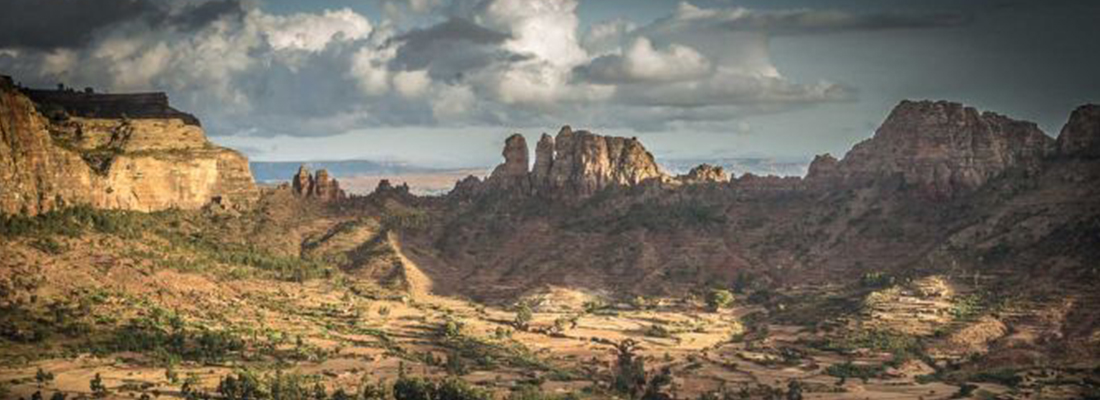
YANGUDI-RASSA NATIONAL PARK
Yangudi-Rassa National Park is in the centre of the Afar Region (in the northern section of the Rift Valley) between the towns of Gewani and Mille, and 500 km from Addis Ababa.
Yangudi Mountain lies on its south-eastern boundary, and is surrounded by the Rassa plains. Habitats include Riverine forests along the Awash River, marshes and small lakes, dry riverbeds, rocky hills, sandy semi-desert and wooded grasslands.
The sandy semi-desert and wooded grassland make up the largest portion of the park. The two main ethnic groups inhabiting this area are the Afars and the Issas. Ethnic feuds have been frequent between them, but most of the park happens to be in an area where they avoid each other.

OMO NATIONAL PARK
Omo National Park is on the west bank of the Omo River in the lower Omo valley. The park is c. 140 km long, stretching from the Neruze River in the south to the Sharum plain in the north, and up to 60 km wide where the Park Headquarters are situated.
Major land features include the Omo River on the east, the Maji Mountains and the Sharum and Sai plains in the north and west, and the Lilibai plains and Dirga Hills to the south.
There are three hot springs, and the park is crossed by a number of rivers, all of which drain into the Omo. The important Mui River crosses the middle of the park.
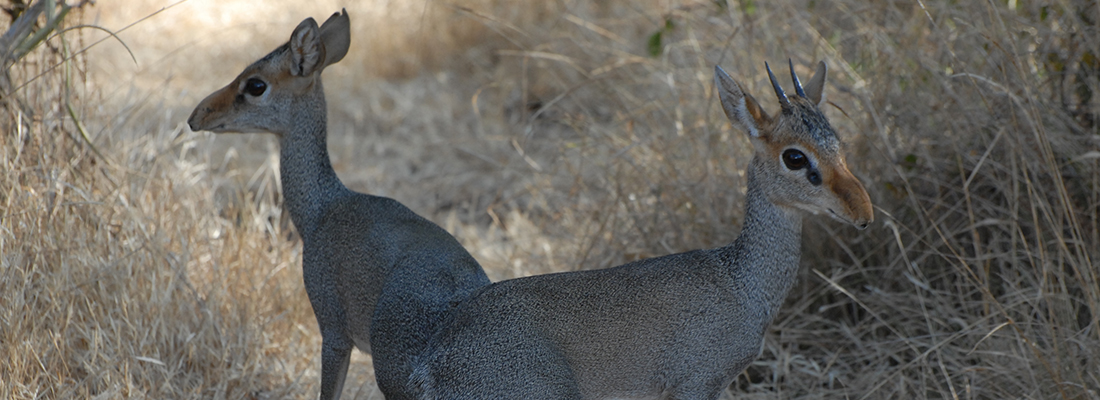
MAGO NATIONAL PARK
The Mago National Park was established in 1979, making it the newest of Ethiopia’s several National Parks. Its highest point is Mount Mago (2528 meters).
Indigenous bird life include the extremely uncommon Turdoides tenebrosus especially at Lake Dipa, Estrilda troglodytes in the rank grass along streams and swamp edges, Phoeniculus damarensis, Porphyrio alleni, Butorides striatus also at Lake Dipa, and in riverine contexts Pluvianus aegypticus, Scotopelia peli and Cossypha niveicapilla.
The park’s perhaps best known attraction are the Mursi, known for piercing their lips and inserting disks made of clay.
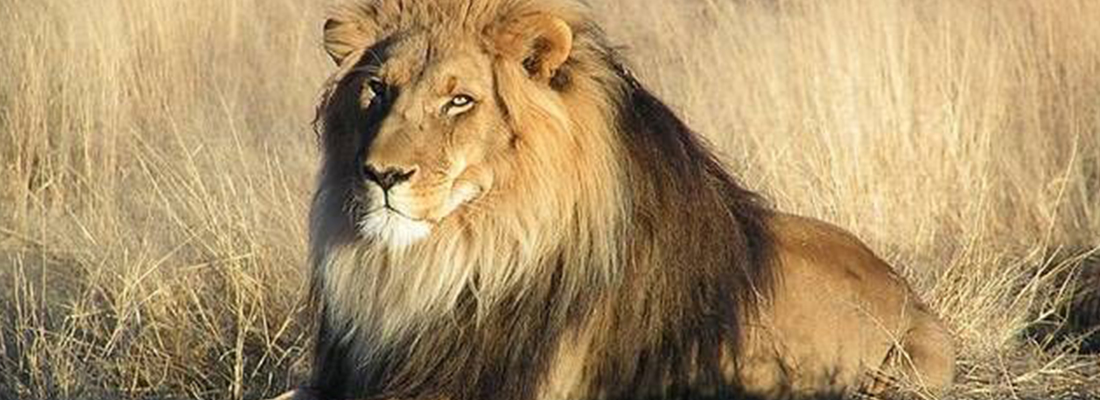
GAMBELLA NATIONAL PARK
This is a remote and swampy park that is not so well protected so it is invaded by cotton plantations and Sudanese refugee camps. Yet animals such as elephant, buffalo, lion, roan antelope, tiang, Lelwel hartebeest, olive baboon and gureza monkey can be seen as well as many interesting birds.
When you follow the track at the east side of the park, take a stop at Lake Alware and scenic Lake Tata. Or follow the road along the north border of the park to pass an area inhabited by the Anuak fishermen and Nuer pastoralists. It seems as if time has stopped ages ago here and they still live their lives untouched by modern influences. You can see many birds, crocodiles and forest mammals on this route.
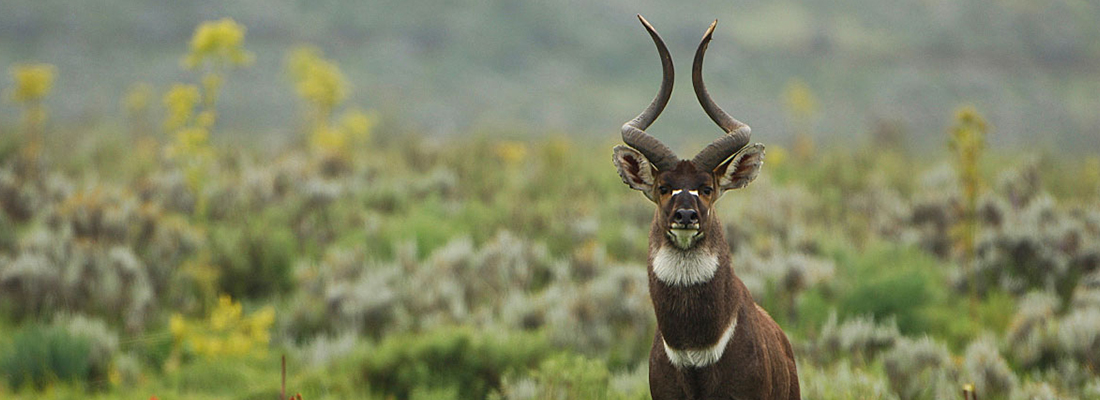
BALE MOUNTAINS NATIONAL PARK
With its majestic boundaries, the Bale Mountain is the only natural conservation site left in Africa preserving its unique flora and fauna with relatively undisturbed examples of five vegetation zones and the longest afro alpine moor land in Africa.
Here one can experience a beautiful highland drive above three thousand meters for over 100kms. It is a place where one can relax while driving among the memorable scenic mountain chains and incredible wildlife such as the old basalt mountains that are a breeding ground for the gigantic bearded vultures known as Lammergeyers. If you have time, it is also very rewarding to experience the park via some of the best trekking in Africa.
In Bale, you can stay in an altitude of 2,200 km2 above sea level and yet to see the second highest mount Tullo Demtu, 4377m rising above you. The spectacular alpine scenery, particularly on the 4000m high Senetti Plateau, provides you with more than 400 species of Birds including 12 of Ethiopia’s endemics; endemic vegetation species such as the Giant Lobelia rising up to 5 meters and the beautiful Red Hot Poker, Harana forest (the only cloud canopy forest left in the country); and wild animals such as the rare and endemic Ethiopian wolf (a visit to Bale gives you the best chance of seeing these critically endangered animals) , together with the Giant Mole Rats, Mountain Nyala, Menelik’s Bushbuck, Warthogs, Cerval Cat, Hyenas, and many Gazelles.
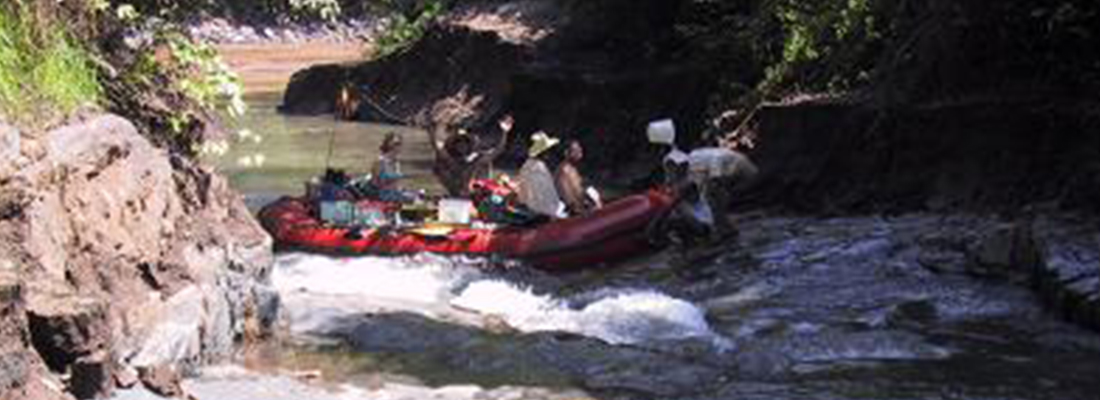
AWASH NATIONAL PARK
Leave early to drive 225 kms southeast of Addis to Awash National Park, home to large mammals which include beisa oryx, greater and lesser kudu, defassa waterbuck, hamadryas and anubis baboon and 5 endemic birds.
The mighty Awash River creates a southern boundary to the Park and forms powerful waterfalls in a stunning canyon adjacent to the Headquarters. Drive to visit the pools of hot springs that make an especially enjoyable stop for bird watching. .